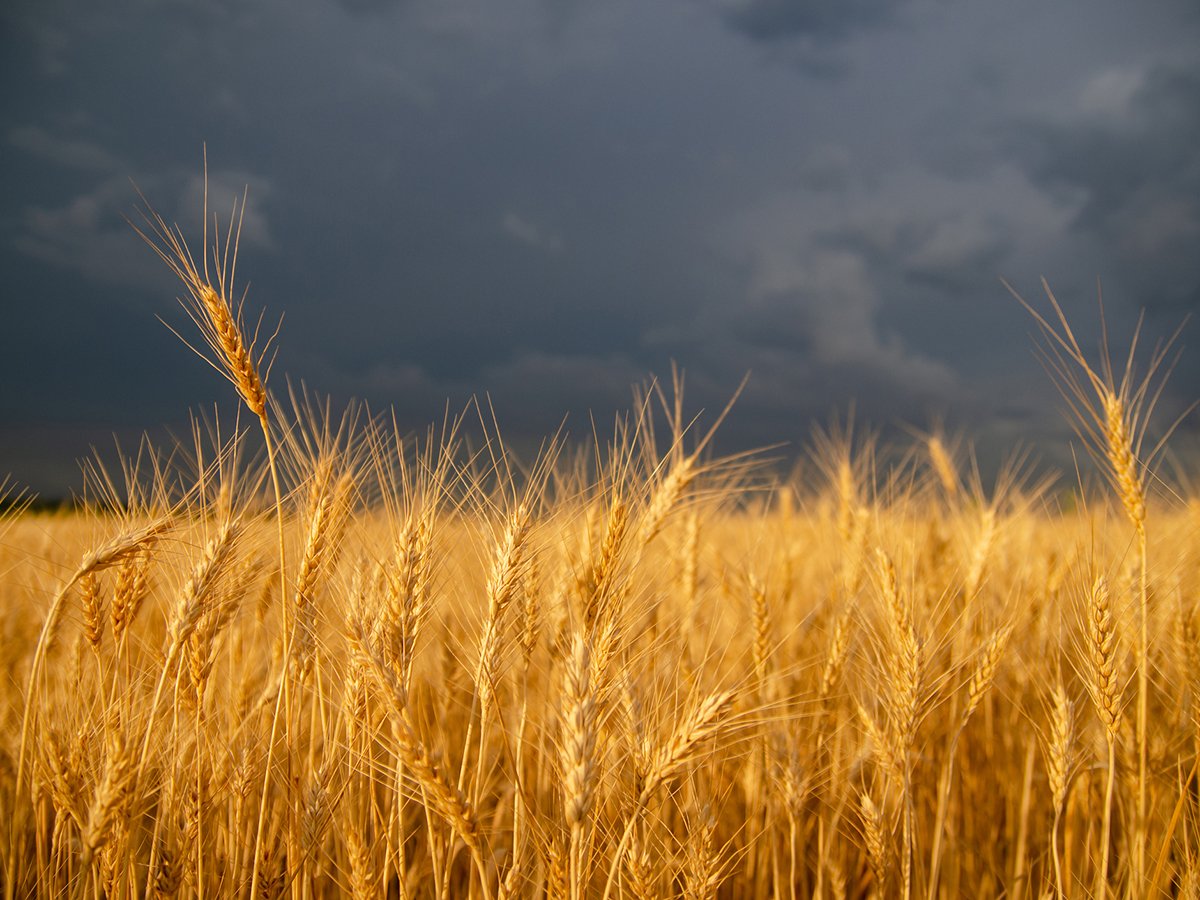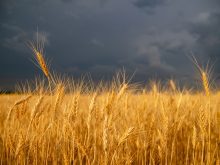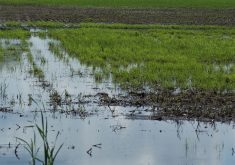IF YOU ARE on a farm between Kindersley, Sask., and Camrose, Alta., you may not realize that you are living in the “promised land.”
You may have been fooled by the driest June on record, a drought that in spite of recent showers has turned pastures white and shrivelled crops as they germinated.
Some places, like the County of Paintearth in east-central Alberta, had no significant rain for more than a year. Nine Alberta counties have declared an agricultural emergency disaster.
Though it’s treated like a crisis, this has been the chronic, underfunded reality of western Canadian agriculture for more than a century. It’s underfunded because the West was settled and is still governed under cover of a carefully constructed myth.
Read Also

Late season rainfall creates concern about Prairie crop quality
Praying for rain is being replaced with the hope that rain can stop for harvest. Rainfall in July and early August has been much greater than normal.
In 1896, young Clifford Sifton, federal minister of the interior, mounted an immigration campaign across Europe, plastering posters and illegally offering “cash for recruits.” His appointed job was to “fill up the West” (i.e. supply the East with food and keep the Americans out.)
The campaign theme was simple: Western Canada is a fertile utopia that has “layne fallow from Creation.”
Government posters proclaimed the West “the largest flower garden on the continent.” They displayed wheat too tall to see over, orchards with fruit a foot in diameter, new immigrants becoming plantation owners almost overnight.
In one poster, an angel showers a cornucopia of gold on fertile farms with the title “Prosperity Follows Settlement in Western Canada.”
For those who came, however, the reality was often shockingly different. In The Promised Land Pierre Berton tells of 2,100 Doukhobors who settled around Saskatoon and Yorkton in the winter of 1899. Three years later 1,900 walked south to warmer climes and greener pastures.
Others had the experience of Alexander Kindred in Manitoba:
“Our first year we had only 10 bushels [per acre] of very badly frosted wheat. I had no money to pay expenses. The following year not a drop of rain fell from the time it went in until it was harvested.
“I sowed 124 bushels and threshed 54. We began to think we could not grow wheat in this country. But our third year we got 35 bushels to the acre! So we sowed all our land in the fourth.
“But again not a drop of rain fell that whole season until fall; wheat headed out two inches high. This last year, to show our optimism, we again put in every acre we could.
“We had wheat standing to the chin but on the 8th July, a hailstorm destroyed absolutely everything. My hair turned grey that night.”
You may be one of those whose living turned to dust in this drought. If you’ve had to sell cattle or land, know that this heart-breaking loss is not because you were too incompetent to grow a crop in “paradise.”
It’s just the land we live in. And all of us who eat in this country have a responsibility to share its challenges, morally and financially supporting you who grow our food – especially, but not only, when the crops fail.
Cam Harder is associate professor of systematic theology at the Lutheran Theological Seminary in Saskatoon.
















